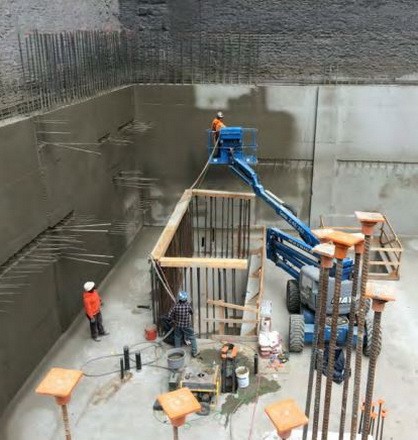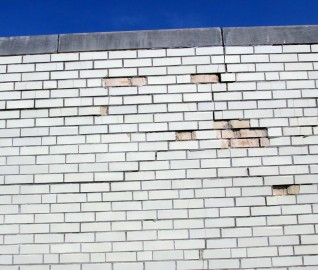
Each subgrade waterproofing membrane system and application method has advantages and disadvantages that need to be considered and carefully evaluated prior to specifying a system for a particular use. Issues that must be considered, include but are not limited to clearance to install the waterproofing; blindside vs. post-construction application of the membrane; fully adhered vs. loose-laid systems; concrete cure times; application of concrete cast-in-place vs. pneumatically sprayed; number of joints in sheet products; difficult details; proposed phasing; penetrations; and proposed “tie-ins” to existing waterproofing systems. No one product or system is without limitations.
This article was originally published in the December 2017 issue of D+D In Depth, a magazine published by Durability + Design.
RELATED INFORMATION
-
 Douglas R. Stieve, Senior PrincipalWJE Princeton MORE >People | Douglas R. Stieve, Senior Principal
Douglas R. Stieve, Senior PrincipalWJE Princeton MORE >People | Douglas R. Stieve, Senior Principal -
 Jesse Torres, Associate PrincipalWJE New York MORE >People | Jesse Torres, Associate Principal
Jesse Torres, Associate PrincipalWJE New York MORE >People | Jesse Torres, Associate Principal -
 In this WJE Primer article, Logan Cook shares five common winter challenges to consider while... MORE >Articles | WJE Primer: Addressing Your Building’s Winter Blahs
In this WJE Primer article, Logan Cook shares five common winter challenges to consider while... MORE >Articles | WJE Primer: Addressing Your Building’s Winter Blahs -
 Performing upgrades without properly diagnosing the issues can lead to significant costs. MORE >Articles | The New Roof Is Still Leaking?
Performing upgrades without properly diagnosing the issues can lead to significant costs. MORE >Articles | The New Roof Is Still Leaking?



































